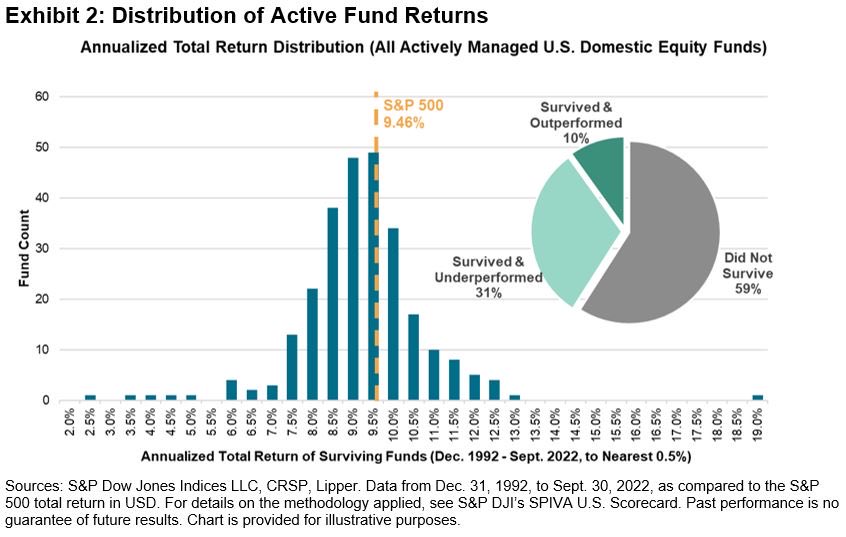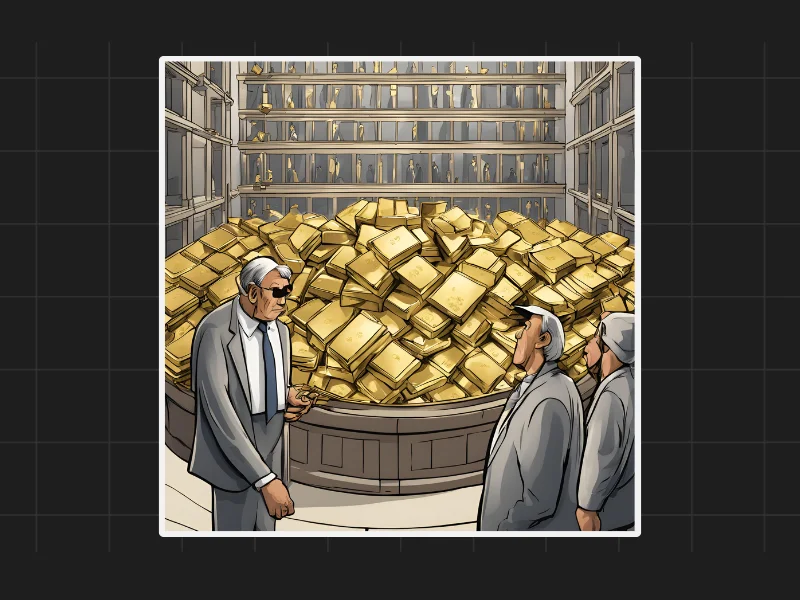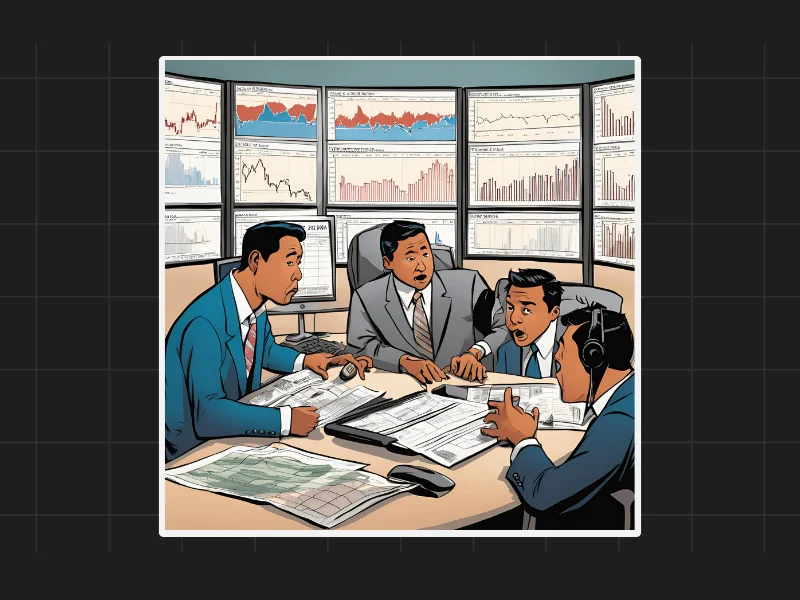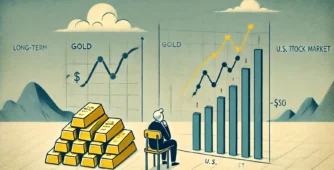The Reality of Active Fund Performance
Investing in active funds has always been a popular choice for many investors. These funds are managed by professionals who try to outperform the market by picking the right stocks. However, new data spanning nearly 30 years from 1992 to September 2022 tells a different story about how these funds actually perform. The results are surprising and shed light on a critical issue in the world of investing.

The Survival Rate of Active Funds
One of the most striking findings is that a staggering 59% of active funds did not survive over the last 30 years. These funds were either shut down, merged with other funds, or simply couldn’t continue due to poor performance. This means that more than half of the active funds available to investors over the past three decades no longer exist. This highlights the significant challenge of survivorship bias when evaluating fund performance. It’s easy to look at the funds that have done well, but many that didn’t make it are often forgotten.
The Struggle to Outperform the Market
Even among the surviving funds, the majority struggled to outperform the market. The data shows that the S&P 500, with an average return of 9.46% over the last 30 years, was a tough benchmark for active funds to beat. Only 31% of the funds that survived managed to stay in the game for 30 years, but they still underperformed the S&P 500. Only a tiny fraction, about 10%, both survived and managed to outperform the market. This means that if you were investing in active funds, you had to be incredibly lucky or skilled to pick one of the few that would both survive and outperform.
The Global Implications
While this data is from the U.S. market, the trend is not unique to America. Similar patterns can be seen in other markets, including India. Many funds that existed in the 1990s are no longer around today. Some funds merged, others returned money to investors, and many rebranded themselves after poor performance. This constant reshuffling makes it difficult for investors to track performance over time. Fund managers often launch new strategies under different names, leaving behind their past failures.
Disclaimers and disclosures : https://tinyurl.com/2763eyaz
If you have any questions, please write to support@weekendinvesting.com













